
Custom JFR event templates with Cryostat 2.0
Learn how to use Red Hat OpenShift ConfigMap to preconfigure custom event templates in Cryostat 2.0. Discover how to add a ConfigMap to the Cryostat Operator.

Learn how to use Red Hat OpenShift ConfigMap to preconfigure custom event templates in Cryostat 2.0. Discover how to add a ConfigMap to the Cryostat Operator.

Use this lab to learn how to install additional software into a container image.

Explore Dockerfile best practices for building secure, scalable universal application images that run well in Kubernetes and OpenShift.

Learn a secure and easy approach to Apache Kafka credential management with Node.js when building reactive applications with Red Hat OpenShift.

Learn how to use Package Managers to reduce user errors, and how to automate...

Learn a useful series of must-know commands, from finding files to checking the...

Use this open environment to find resources associated with the Linux topics...
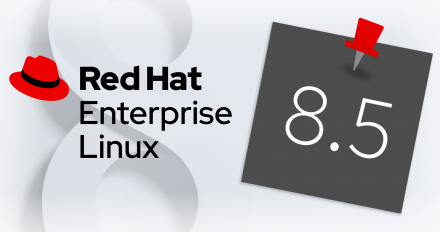
Red Hat Enterprise Linux 8.5 is here! This release has OpenJDK 17, .NET 6, rootless overlay support in Podman, enhanced application streams, and more.

Use Cryostat 2.0, a container-native JVM application, to automate JDK Flight Recorder. Read all five articles in this Red Hat Developer series for more details.

Optimize runtime images with UBI minimal images. Learn how to deploy a Node.js minimal image through a Dockerfile and a Source-to-Image chained build.

Find out why TCP is faster than UDP, then learn how to use Red Hat Enterprise Linux 8.5 to boost UDP throughput in container deployments.

Learn how the open source serverless platform Knative 1.0 can simplify Kubernetes and save time for developers. Includes concurrency controls and rollbacks.

Download Modernizing Enterprise Java, a developer's guide to bringing monolithic, Java-based models successfully into the cloud-native model with Kubernetes.

Learn about new features of Cryostat 2.0, including starting tips, example use cases and highlights such as automated rules and custom targets.

Discover practices and tools (i.e., shared IDEs and automated pipelines) to refine collaboration and security of remote dev teams with OpenShift Dev Spaces.

Checkpoint/restore is useful when migrating containers in Kubernetes. Learn how this feature was implemented and how it's used in container migrations.
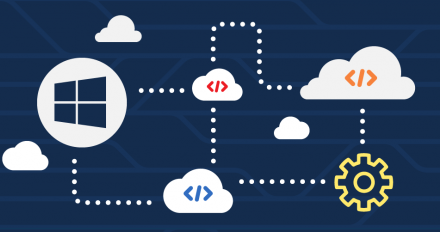
Create a containerized development environment for Flask-based Python projects with Red Hat CodeReady Workspaces and Red Hat OpenShift.

Red Hat CodeReady Containers 1.31.2 features an upgrade to Red Hat OpenShift 4.8, but that's not all. Find out what's new for OpenShift on your laptop.

Discover how to optimize networking hardware and accelerate traffic with virtual functions by setting up SR-IOV and DPDK on Red Hat OpenShift.

Get started with running Python 3.9 in containers. This quick tutorial guides you through building a Python web service on Red Hat Enterprise Linux 8.
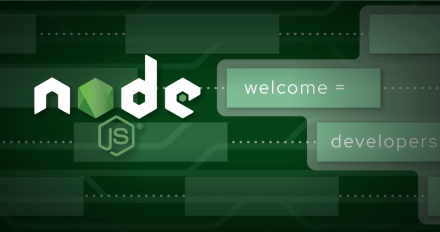
Explore Node.js best practices for building good containers with faster development cycles and better deployments.

Do you want a way to add tooling to containerized deployments without building a new container image? Try composable software catalogs on Kubernetes.

Ensure optimal operation by testing container images. Learn how Red Hat OpenShift 4 works with Ansible and the CI/CD process to submit and download tests.
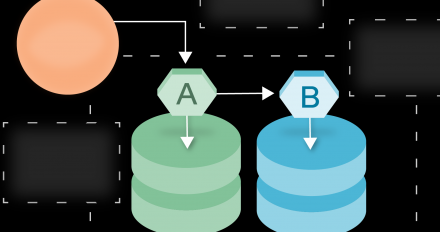
Learn how to install Dapr and discover how to use the open source project to build and deploy microservices on Kubernetes and Red Hat OpenShift.
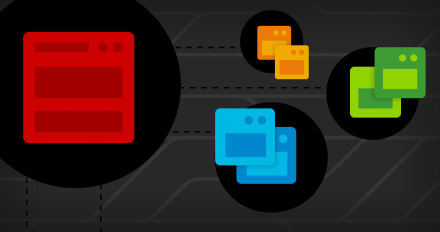
In Part 1 of this series, explore data storage options in Kubernetes, including persistent storage management with Red Hat OpenShift Data Foundation.